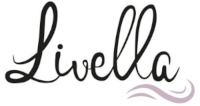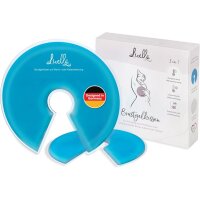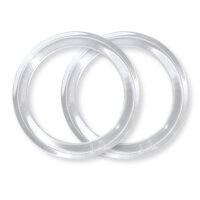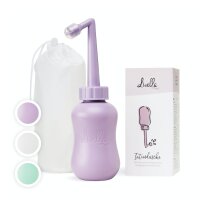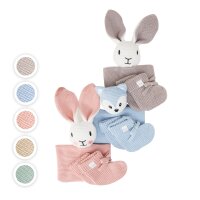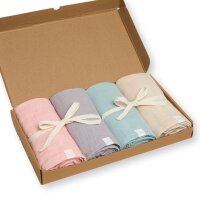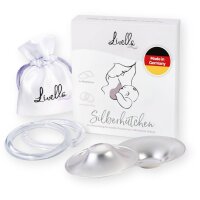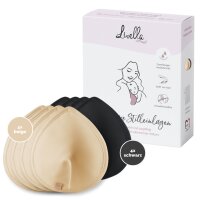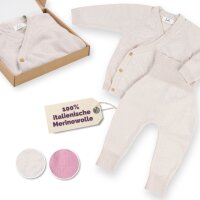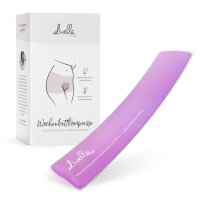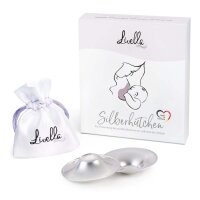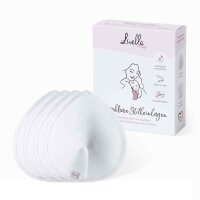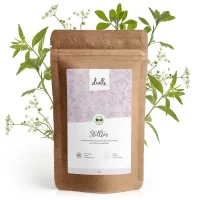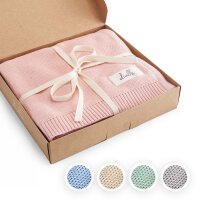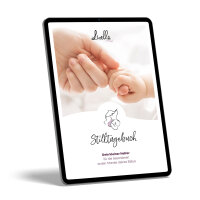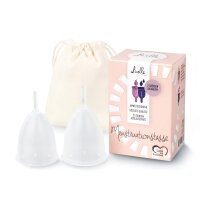There are many different breastfeeding problems that can lead to pain during the nursing period, one of them being a thrush infection on the nipples. Breastfeeding thrush can develop both on the mother’s nipples and in the baby’s mouth. Giving a clear thrush diagnosis is not always easy because the symptoms may be similar to other causes of breast or nipple pain.
How to recognise breastfeeding thrush? What is the best thrush treatment for breastfeeding? Is it possible to continue breastfeeding during treatment? How can the fungal infection be prevented? And can thrush go away on its own during breastfeeding?
Table of contents
What is thrush when breastfeeding?
What causes breastfeeding thrush?
Thrush from breastfeeding: symptoms in mother and baby
Thrush from breastfeeding: treatment and natural remedies
Breastfeeding with thrush: yes or no?
How to prevent thrush while breastfeeding?
Thrush and breastfeeding: facts at a glance
What is thrush when breastfeeding?
Thrush is a yeast infection of the skin caused by a candida fungus. It is usually caused by the fungus Candida albicans and affects the area around the nipple. The infection can cause stinging pain and lead to itchy skin, among others.
Breastfed babies can also develop thrush. In their case, however, the infection is an oral thrush that spreads across the mouth and throat. Typical signs of thrush in babies are white patches on the palate, on the insides of the cheeks and on the tongue that cannot be wiped off. Additionally, babies with oral thrush are often restless due to the pain caused by the infection and have trouble breastfeeding properly.
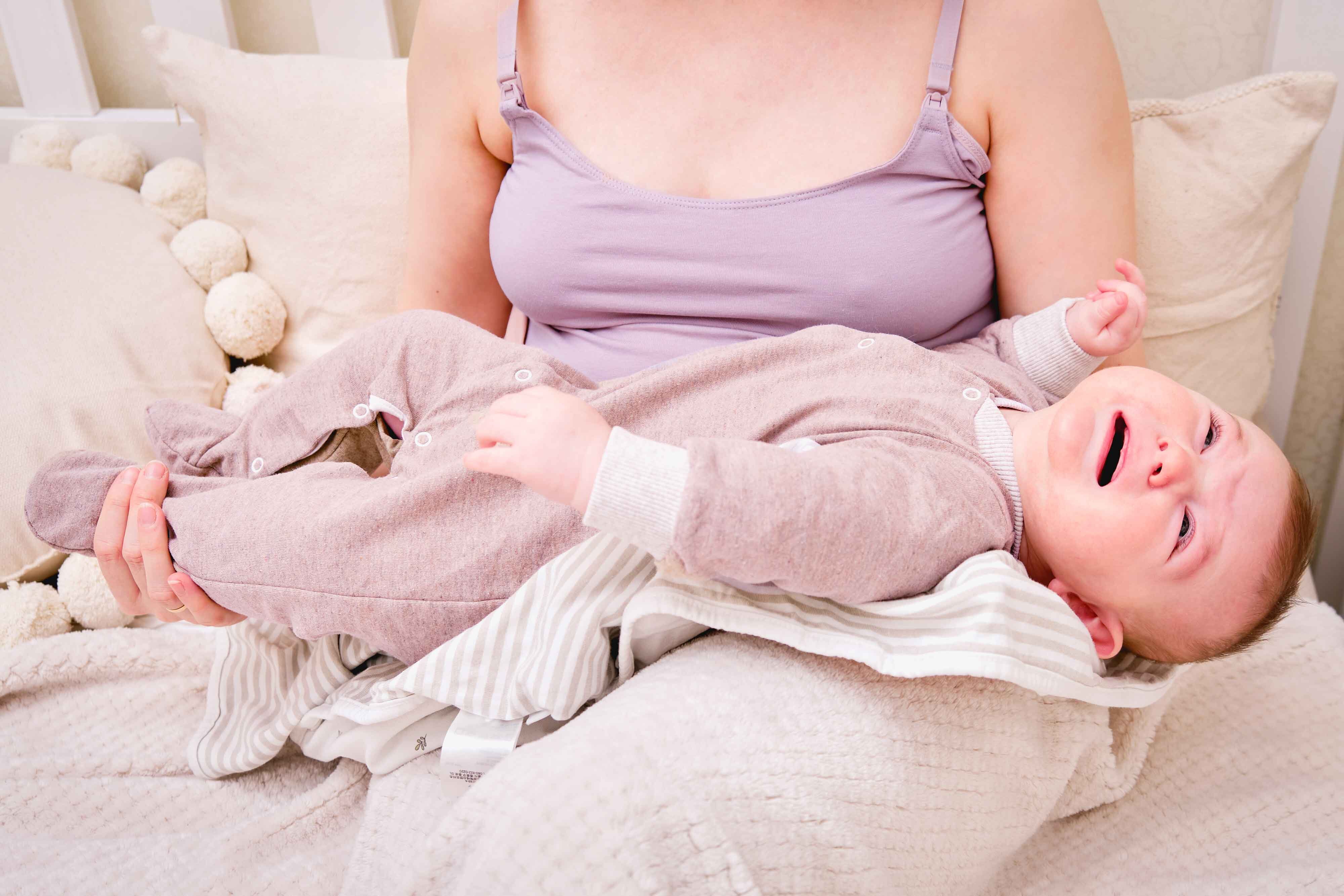
What causes breastfeeding thrush?
It’s important to know that the fungus Candida albicans is present in every human body. As long as the natural balance with other fungi and bacteria is maintained, the candida fungus usually causes no harm.
However, breastfeeding can lead to an imbalance between the different microorganisms in the mother’s body, which leads to an overgrowth of Candida albicans and ultimately causes breastfeeding thrush.
Factors that increase the risk of a thrush infection in breastfeeding mothers and babies include:
- Weakened immune system,
- Treatment with antibiotics,
- Cracked or bloody nipples,
- Diabetes,
- Warm, humid environment,
- Other skin diseases,
- Inadequate hygiene,
- High intake of sugar,
- Low vitamin intake,
- Lack of sleep, and
- Stress.
Nipple thrush during breastfeeding can also be transmitted from the baby’s mouth to the mother’s breast. Especially when sore nipples crack open, the wounds in the skin allow the fungus direct access to the interior of the breast where it can grow and cause a painful infection.
Thrush from breastfeeding: symptoms in mother and baby
Diagnosing thrush in breastfed babies is easier than in their mothers. Thrush in a baby’s mouth can be recognised by a white film or white spots covering the tongue, the insides of the cheeks and other areas of the mouth. But how about signs of thrush in breastfeeding mothers?
Symptoms of nipple thrush can include:
- Itchy skin,
- Sore nipples that don’t heal despite correct breastfeeding latch, silver nursing cups and nipple ointment,
- Red patches and blister formation,
- Flaking or shiny skin,
- White patches on and around the areola,
- Sharp pain during breastfeeding or after feeds,
- Vaginal thrush leading to a burning, itching feeling in the genital area.
As mentioned before, breastfeeding thrush can also originate in the baby’s mouth. Common signs of thrush in babies include:
- White patches on tongue, roof of the mouth and insides of the cheeks,
- Sore bottom due to persistent nappy rash,
- Restlessness and possibly refusal to breastfeed due to pain in the mouth.
Good to know: Breastfeeding thrush doesn’t always lead to a visible infection of the skin in either mother or baby. In some cases, the fungal infection may be present without visible symptoms, making it even harder to give a clear diagnosis.
Thrush from breastfeeding: treatment and natural remedies
A thrush infection needs to be treated in both mother and baby at the same time, even if only one of the two shows symptoms. Otherwise, it might cause a ping-pong effect where the infection is passed back and forth between the nursing parent and the infant.
Breastfeeding thrush needs to be diagnosed by a health professional who can also advise on adequate treatment. Nipple thrush is usually treated with an antifungal cream that is applied on and around the nipples. For treating oral thrush in babies, the treatment of choice is usually an antifungal mouth gel. Persistent nappy rash can be treated with ointments and creams.
When treating thrush from breastfeeding, natural remedies and measures to prevent the infection from spreading can also help. This includes:
- Frequent hand washing,
- Carefully washing the breasts after each feed and leaving them out in the air to dry,
- Frequent changing of nursing pads,
- Washing all towels, clothing and textiles that come into contact with infected skin with high temperatures,
- Sterilising breastfeeding accessories and other objects that have been in contact with the baby's mouth, and
- Thorough washing of the baby's bottom and leaving it exposed to the air to dry.
Since breastfeeding with thrush can be very painful, many mothers wonder how long it takes for the infection to clear. The length of the healing process varies depending on how much time passes until the diagnosis is made.
However, the symptoms should improve after a few days once treatment is started. In the meantime, mothers can use breast gel pads or cold compresses to relieve the pain and alleviate their itchy skin.
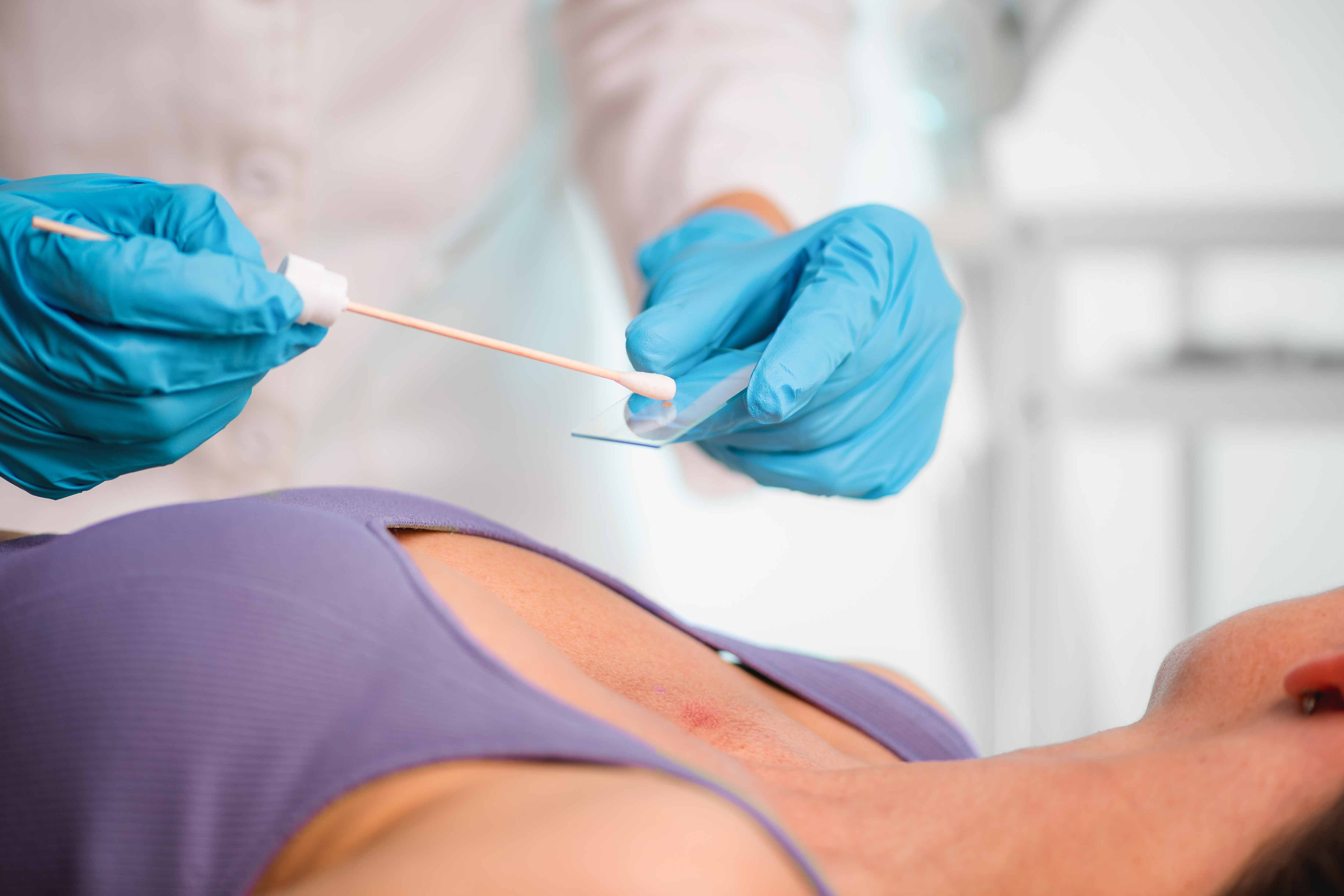
Breastfeeding with thrush: yes or no?
There is no reason to stop breastfeeding during a thrush treatment. The antifungal creams and gels prescribed for treating oral and nipple thrush during breastfeeding usually don’t even need to be washed off before the next feed. If latching the baby on is extremely painful, it’s recommended to start breastfeeding on the less affected side and to keep feeding sessions short.
To avoid reinfection, breast milk that is expressed from the infected breast either by hand or with the help of a breast pump should not be frozen for later use. One way around this is to boil breast milk before storing it in the freezer. However, this may damage its nutritional properties.
How to prevent thrush while breastfeeding?
Breastfeeding thrush can lead to severe nipple and breast pain and is therefore best avoided. Measures to prevent nipple thrush include:
- Eating a healthy breastfeeding diet that is low in sugar,
- Taking breastfeeding supplements to strengthen the immune system,
- Getting plenty of sleep,
- Taking probiotics, and
- Maintaining good breast hygiene without overdoing it.
Thrush and breastfeeding: facts at a glance
Thrush is a fungal infection that can affect both mother and baby during breastfeeding, often leading to severe nipple and breast pain for the mother and causing growing discomfort for the breastfed infant. Here is what to keep in mind:
- Breastfeeding thrush can not only affect the mother’s nipples, but also show in the form of an oral thrush in her baby. It can further be linked to vaginal thrush and nappy rash.
- Thrush doesn’t always lead to visible symptoms.
- Thrush from breastfeeding often occurs in combination with sore or cracked nipples.
- Thrush often leads to stabbing pain during breastfeeding which might continue afterwards.
- Both mother and child must be treated at the same time to avoid reinfection.
- Thrush must be diagnosed by a doctor who can prescribe antifungal nipple cream for the mother and a mouth gel for the baby.
- There is no need to stop breastfeeding during a thrush treatment.
